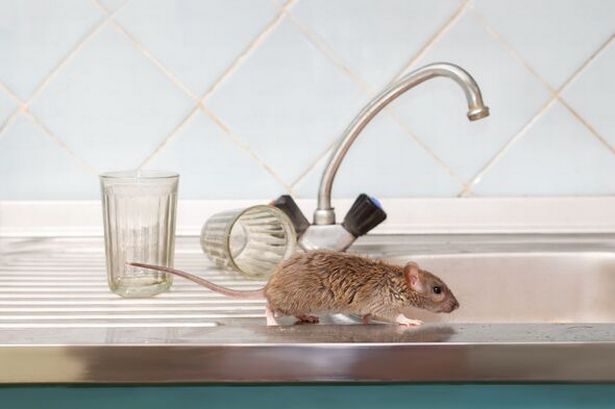As long as you have a carpet in the house or office, there is always the risk of a flood threatening to ruin it. Indeed, to the extent that building codes have been followed, the possibility of stormy rain raising the water levels above the floor is remote.
However, floods are more frequent than expected due to broken pipes, faucets occasionally left open, or water overflow from a washing machine or a catchment tank. If it is a loose carpet, an appropriate initiative to avoid further damage is to roll them up and put them vertically till the emergency water removal team arrives.
But when the carpet is attached to the floor, the solution is more complex. When one of these setbacks occurs, in order to minimize the damage and rehabilitate the flooded space, what is appropriate is to adopt contingency measures:
- Push the water with the help of a broom or a brush towards a place where it drains by gravity or a space where it can be collected with a shovel or a container.
- If you have a vacuum cleaner with the capacity to suck up liquids, suck up the remaining water, to leave the carpet as dry as possible.
- Eliminate as much moisture as possible with the help of a mop and cloths, which should be wrung out in a container as many times as necessary.
You can also try cleaning the carpet with the steps discussed in the next session. But it is important to call for help in the event of basement flooding.
HOW TO DRY CARPET AFTER A FLOOD?
Anyone who has had a bad experience with a flood knows how terrible it can be. Carpeting is particularly vulnerable to damage because it absorbs water. The flooded carpeting becomes a heavy, smelly item that needs immediate attention.
If your carpeting has been exposed to standing water for more than a couple of days, there’s a good chance you’ll need to throw it out entirely. Carpeting that dries quickly has a better chance of being saved.
Step 1
With the help of window box fans and ceiling fans, fill the room with dry air. Use fans on their highest settings and point them along the surface of the carpeting in rooms (or hallways) without windows.
Step 2
Open all the curtains to let the sunlight into the room.
Step 3
Run a powerful vacuum cleaner over the carpeting. Pour out the water and start over. Continue the process until the vacuum stops sucking up water.
Step 4
Keep the fans running until the carpeting goes from wet to damp.
Step 5
Apply carpet shampoo while the carpet is still slightly damp.
Step 6
Apply a mixture of two tablespoons of bleach per one gallon of water to the carpeting if you are concerned about mold growth. Test the mixture on a small carpet area to ensure it won’t ruin its color. If the color remains the same, apply the mixture to the entire carpet.
Step 7
Keep the fans running and expose the carpet to them as much as you can. Turn on a dehumidifier in the room. Let the carpet dry completely, giving it as much time as needed.
But keep in mind that the efforts you make urgently, by your own means, are usually insufficient to prevent the appearance of stains, bacteria, and bad odors. That is why it is essential to resort the carpet drying to professional water damage cleanup services, such as those we make available to you at Flood Doctor, where we use high-quality instruments for flood damage cleanup.
Conclusion
Our equipment and methods do not need to separate the carpet. Our water extraction system protects fabrics, leaves carpets with more vivid colors, disinfects, dries quickly, and prevents the appearance of foul odors. The risk of a flood occurring is real; if it does occur, you must act promptly.
Also Read: Packaging Affect Consumers.













